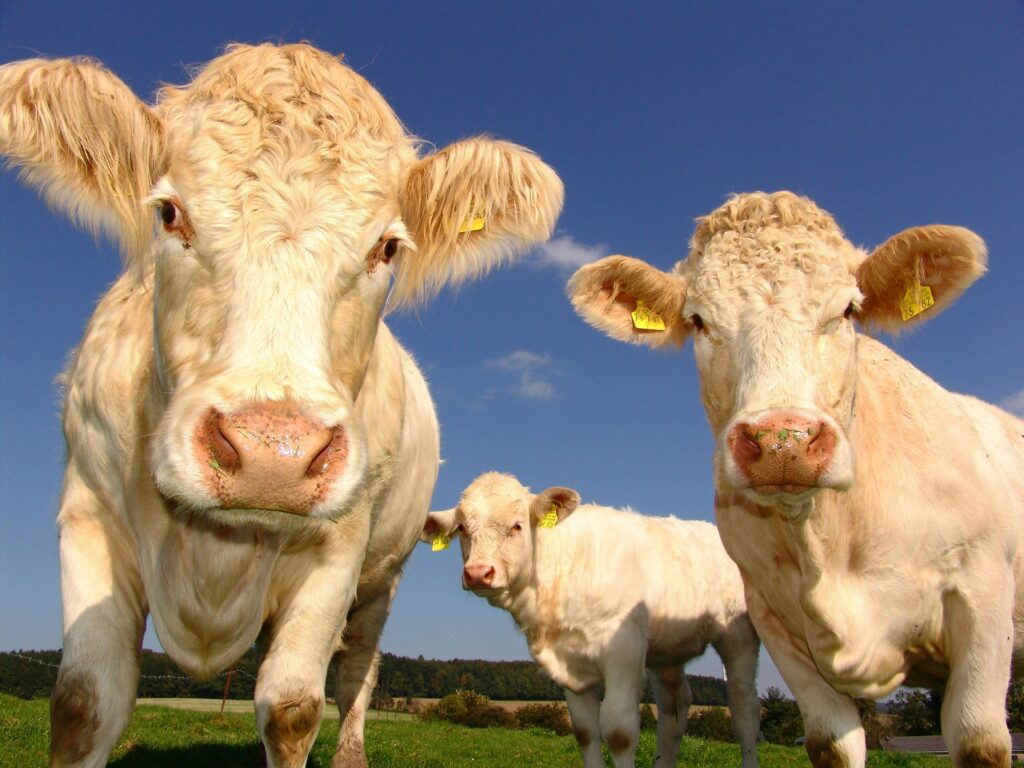
A Guide to Cow Breeds: Dairy, Beef & Dual-Purpose Cattle Explained
As someone who’s grown up around livestock and stayed active in the show world, I know firsthand how important it is to understand cow breeds. Whether you’re a full-time rancher, a weekend hobbyist, or a family heading into show season, choosing the right breed can make a huge difference.
Your choice affects everything—from milk production and meat quality to how well your animals adapt to hot and cold climates. In this guide, I’m breaking down the three main categories of cattle breeds I think everyone should know: dairy breeds, beef breeds, and the ever-reliable dual-purpose breeds.
Understanding Cattle Breeds
Let’s start with the basics: “cattle” refers to the group as a whole, while “cow” specifically means a mature female. I’ve found that knowing the differences among cattle breeds helps with everything from feeding to show prep.
When I’m choosing a breed, I think about my goals—whether I’m after high-quality milk, lean beef, or animals that handle my environmental conditions well. It’s also good to know that Bos taurus cattle do better in temperate zones, while Bos indicus, also known as indicus cattle, thrive in hot climates thanks to their heat tolerance.
Dairy Cattle Breeds
When I think of dairy cattle, I think of consistency, output, and—let’s be honest—personality. There are seven main dairy breeds here in the U.S., and each has its own strengths.
My Go-To Dairy Cows:
Holstein Cows / Holstein Friesian
If you’re after volume, this is it. Holsteins are large and deliver impressive milk yields—no wonder they’re the most common on dairy farms.
Jersey Cows
These smaller cows pack a punch when it comes to butterfat. Their rich milk is perfect for making cheese, and their golden guernsey coloring adds a nice touch to any pasture.
Brown Swiss
Hailing from the Swiss Alps, this breed is tough and produces high-quality milk with great protein content. I love how gentle they are, too.
Milking Shorthorn
A true dual-purpose breed, great for folks like me who want both milk and meat production.
Dutch Belted
These cows are hard to miss with their signature white stripe. I’ve found them to be efficient and reliable, especially in heritage herds.
Other Dairy Breeds
Depending on your setup, other dairy breeds may be a better fit, especially if you’re working with specific environmental conditions or herd goals.
Leading Beef Breeds
When it comes to beef production, I want beef cattle that deliver strong meat yields, solid genetics, and excellent feed efficiency. Here are a few of the beef breeds I recommend.
My Favorite Beef Cattle:
Angus Cattle / Black Angus
If you’re aiming for quality beef with great marbled beef texture, you can’t go wrong with Angus. They’re one of my top choices for consistent meat production.
Hereford
I love their easy-going nature. They’re hardy, adaptable, and solid producers—great for a variety of operations.
Limousin
This breed is all about lean beef and muscle. They’re excellent for anyone looking to produce meat with less fat.
Simmental
These are big-bodied and fast-growing. If I need a boost in my herd’s meat production, I turn to Simmentals.
Brahman
Perfect for tropical regions or anywhere you need serious heat tolerance. I often see them used in crossbreeding to strengthen herds in hot climates.
Dual-Purpose Breeds
I’m a huge fan of dual-purpose breeds—they’re practical and ideal for smaller farms or multi-purpose operations like mine.
Great Dual-Purpose Breeds I’ve Worked With:
Milking Shorthorn
This breed does it all: solid milk production and great meat potential. It’s my top pick when flexibility is key.
Brown Swiss
While they’re known as a dairy breed, I’ve had great luck using them for meat too. Their build supports both purposes well.
Dexter
These compact cattle are easy to handle and perfect for draft animals or homesteads. They’re a smart, all-in-one option.
When choosing a dual-purpose breed, I always consider the climate, available space, and whether features like naturally polled or specific coat colors (dark brown, rusty red) will benefit my operation.
Choosing the Right Breed for Your Needs
Over the years, I’ve learned that good breed selection isn’t just about the name—it’s about matching your cattle to your land, climate, and goals.
Here’s what I look at:
- Climate – Are you in hot, cold, or variable conditions?
- Purpose – Do you want milk, beef, or both?
- Feed Efficiency – Some cattle do more with less.
- Traits – Things like large ears, color, or size can influence your herd’s adaptability and branding.
I always recommend doing a deep dive into what your specific operation needs. No two farms—or shows—are alike.
Cattle Breeds in the Show Ring
If you’re in the show world like me, you know that cow breeds can make or break your season. Even for youth shows and 4-H, picking the right breed is key.
What Judges Look For:
- Breed-specific characteristics and conformation
- Clean grooming and presentation
- The showmanship and care behind the animal
That’s where Livestock Show Specs comes in. We help farmers and families like mine connect with the right animals, feed, and resources to succeed in the ring—and build lasting show memories.
Conclusion
From dairy cows to beef breeds, and those all-around dual-purpose breeds, I’ve learned that knowing your cattle is the foundation of success—whether you’re running a dairy farm, producing quality beef, or showing your best in the ring.Looking for more? Head over to Livestock Show Specs to explore breed profiles, prep tips, and connect with other show families and livestock lovers like us. Let’s keep learning—and showing—together.
Spencer Schwartz